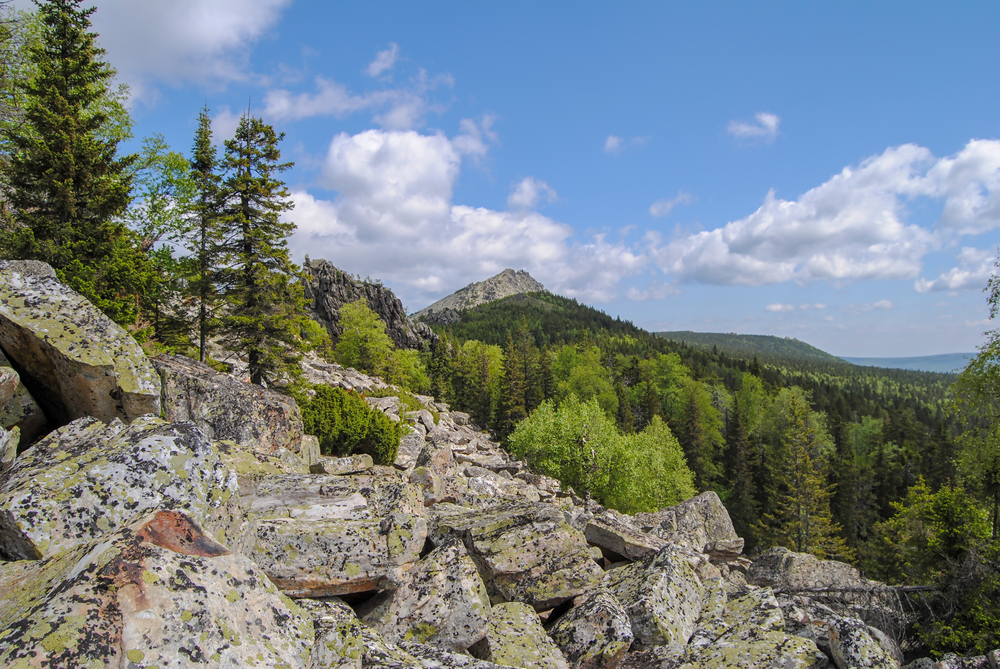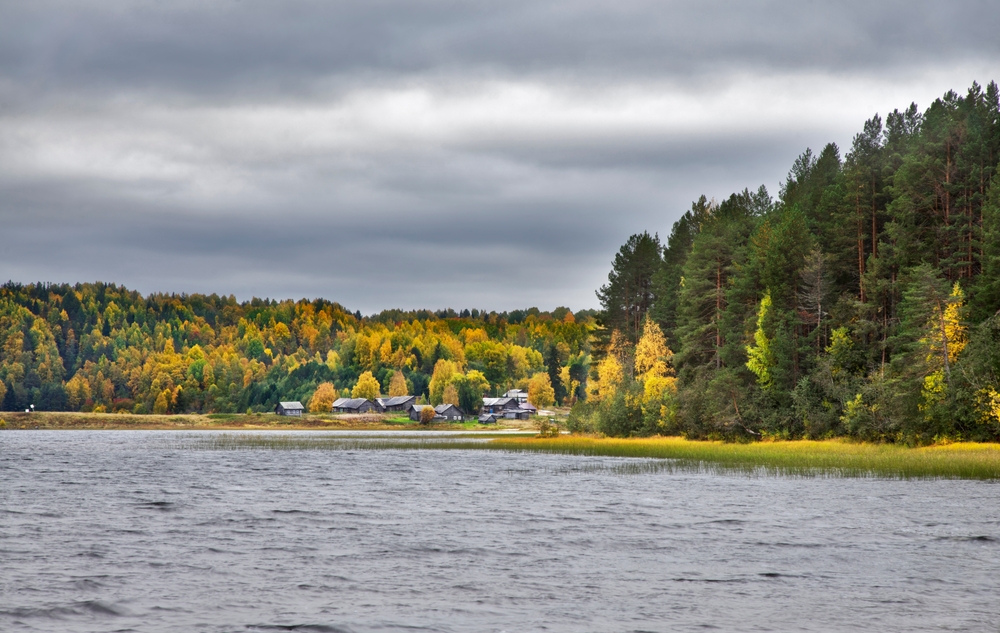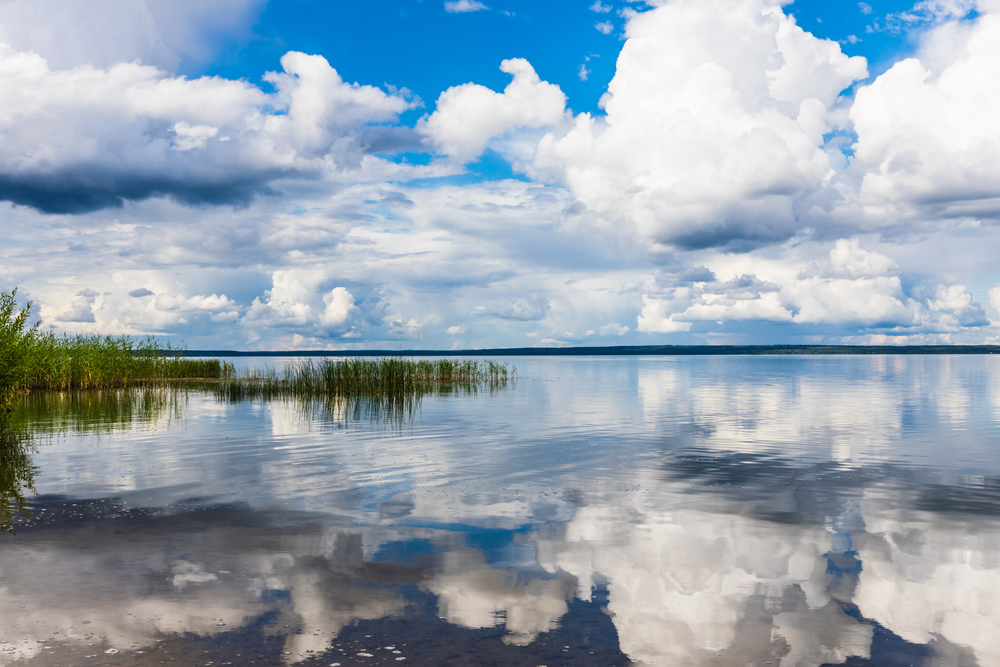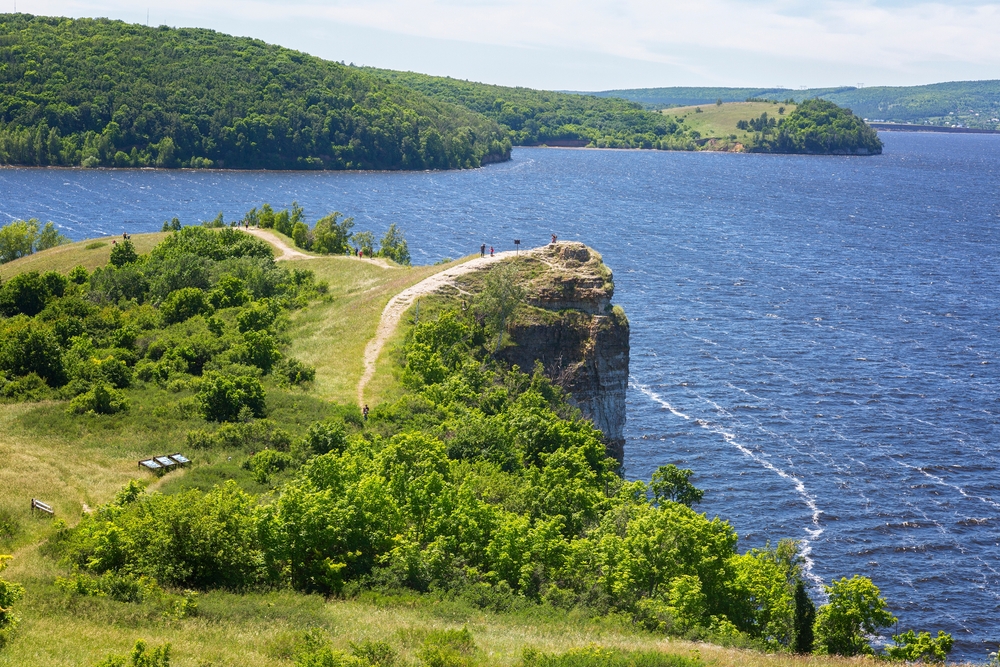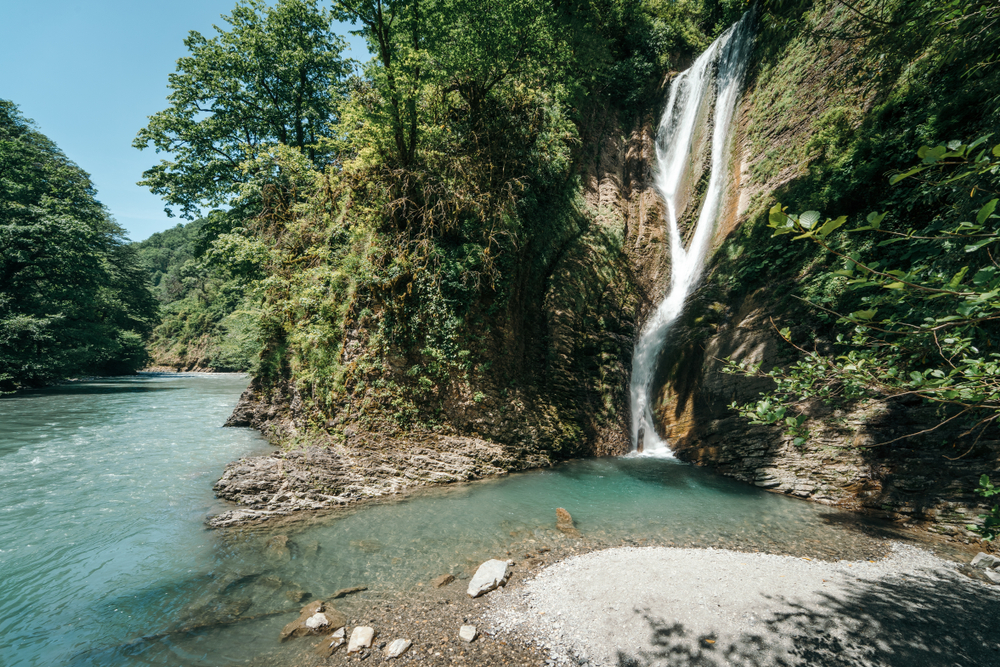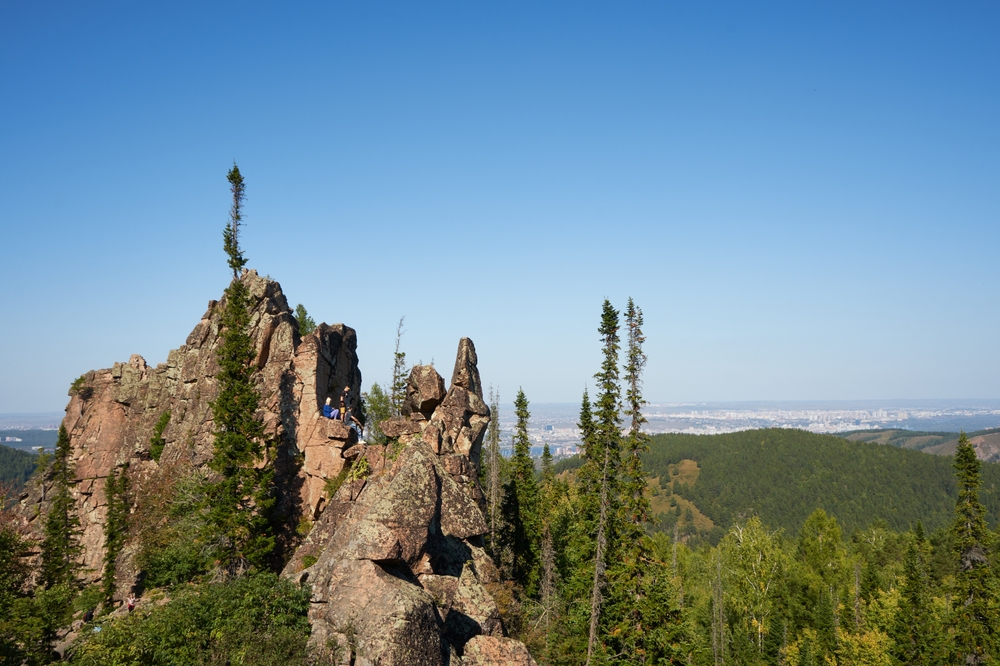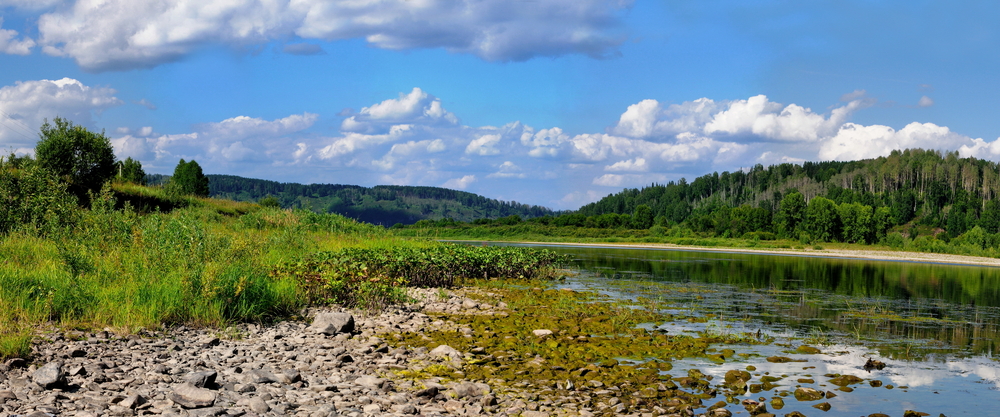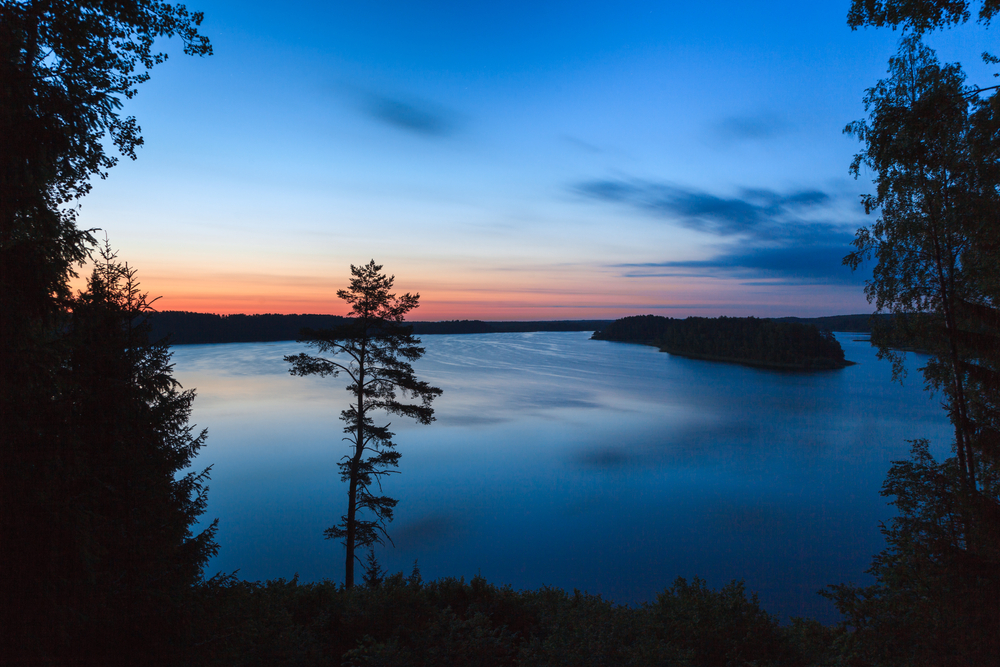Taganay Overview
Taganay National Park, known locally as Национальный парк Таганай, is a striking natural expanse in the southern Ural Mountains of Russia. Spanning approximately 568 square miles (1,471 square kilometers), the park is situated in the Chelyabinsk Oblast near the city of Zlatoust.
It serves as a transition zone between the European and Asian continents, featuring a dramatic landscape of rugged mountain ridges, dense forests, and pristine rivers. The park is characterized by its towering peaks, including Kruglitsa Mountain, the highest at 3,878 feet (1,182 meters), and the striking rock formations of the Taganay Range, such as the Double-Headed Hill (Dvouglavaya Sopka) and the Itkul Ridge.
The scenic Bolshaya Tesma River carves through the terrain, while expansive taiga forests of Siberian fir, pine, and birch blanket the lower elevations, creating a rich and diverse ecosystem.
The park is home to an impressive array of wildlife, with several key species drawing the interest of visitors and conservationists alike. Large mammals such as brown bears, lynxes, and elk roam the dense forests, while smaller predators like sable and foxes thrive in the underbrush.
The park also supports a variety of bird species, including the majestic golden eagle, black stork, and Eurasian eagle-owl, all of which add to the area’s remarkable biodiversity. The presence of rare and endangered species underscores the importance of the park as a conservation area. Additionally, its mix of European and Siberian ecosystems allows for a fascinating blend of flora and fauna, some of which are endemic to the Urals.
Taganay National Park is famous for its stunning natural formations, making it a prime destination for outdoor enthusiasts and nature lovers. The park’s rock formations, such as the “Ringing Rocks” (Gremuchiy Kamen), produce bell-like sounds when struck, adding an air of mystery to the already breathtaking surroundings.
Popular hiking routes lead to spectacular viewpoints, including the panoramic heights of the Kruglitsa summit and the dramatic Devil’s Gate (Chertovo Gorodishche), a rugged rock outcrop steeped in local folklore. The park’s remote landscapes and varying altitudes make it an attractive destination for trekking, mountaineering, and wildlife observation. Winter sports enthusiasts also enjoy cross-country skiing and snowshoeing when the landscape transforms into a snow-covered wonderland.
Visitors to Taganay National Park can engage with the environment in numerous ways, whether through guided eco-tours, challenging mountain hikes, or leisurely walks along scenic trails. Many travelers are drawn to the park’s untouched wilderness and the opportunity to experience solitude in nature.
Camping is a popular activity, with designated sites allowing visitors to immerse themselves in the pristine surroundings. For those seeking a deeper cultural connection, local legends and geological wonders provide an added layer of intrigue to the already impressive scenery. The park’s well-marked trails accommodate visitors of varying skill levels, from casual nature walkers to seasoned adventurers looking for more demanding climbs.
Despite its beauty, Taganay National Park faces conservation challenges, including the pressures of tourism, illegal poaching, and the potential impact of climate change on its delicate ecosystems. Park management has made significant efforts in promoting responsible tourism and environmental education, ensuring that visitors appreciate the need for preservation.
Ongoing conservation projects focus on protecting endangered species and maintaining the park’s biodiversity. The success of these efforts can be seen in the increasing awareness among visitors and local communities about the importance of sustainable interaction with the natural environment.
With continued conservation efforts, the park remains a sanctuary for wildlife and a haven for those seeking to explore one of Russia’s most picturesque and ecologically significant landscapes.








































































